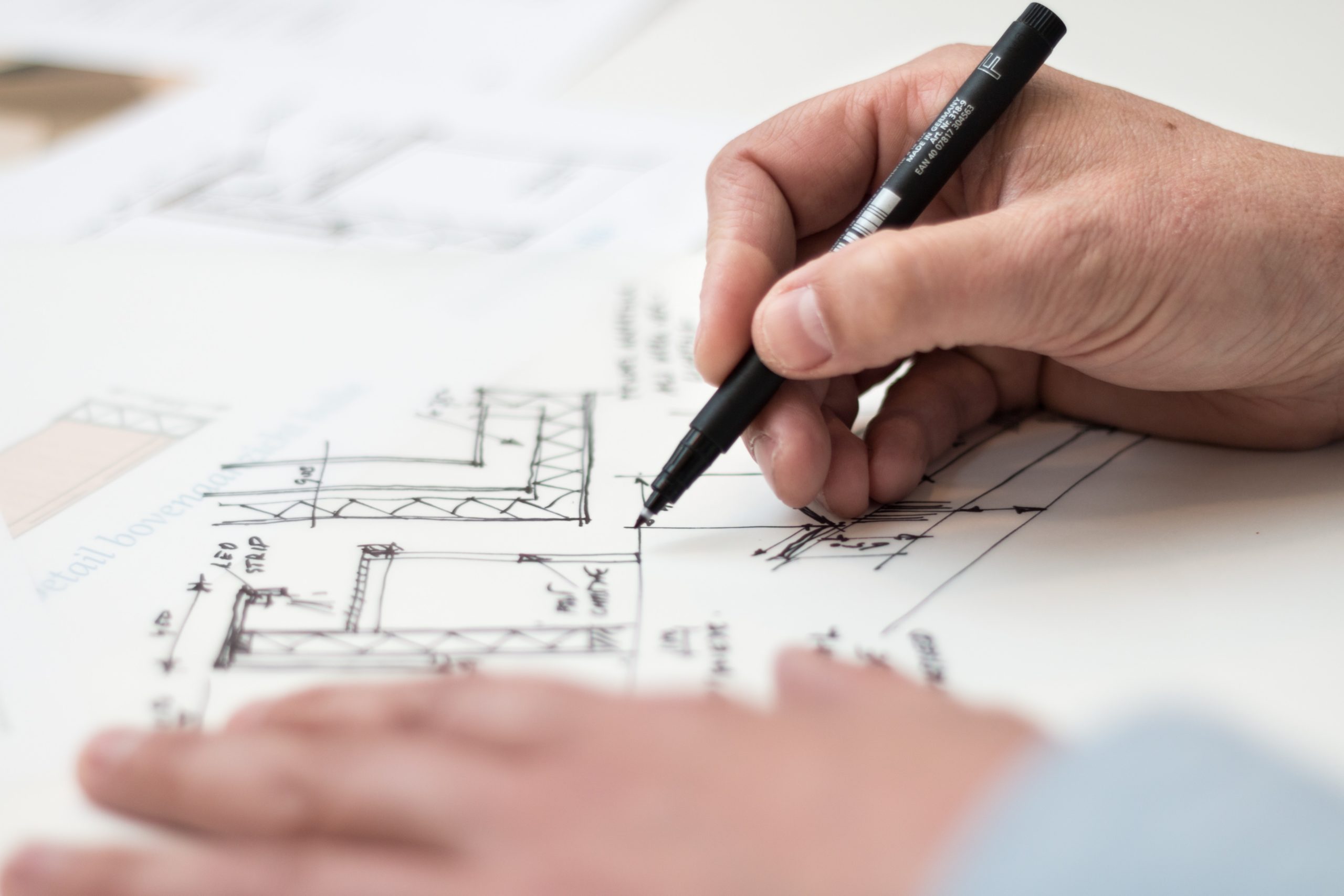Nothing Triggers a Headache Like a Bad Drawing

The devil is in the details—especially if those details are a mess. There’s a big difference between a well-done drawing package and a not-so-well-done package. The former can make things so much easier for an engineer and their fabricator/constructor. The latter can cause a major headache, which is why it’s so important for an engineer to ask to see examples of an engineering design consultant’s work before engaging them.
A complete drawing package should break down a story from beginning to end (or really end to beginning) while looking neat on the sheet. If drawings look neat, they are probably also very accurate, making for few if any issues during fabrication and construction.
The story should begin at the upper level and be broken down a piece at a time, in a common sense order, in thoughtful detail. At IDI, we like to imagine ourselves the fabricator—after all a few of us were before moving into design and detailing—and put together a package that we would be happy to work with. Would we want to work with a set of plans that offers as much help as those that are included in your ready-to-assemble carton of dining room chairs, or would we want to work with plans that painlessly lead us to our finished project?
Whether it be a complete manufacturing process design complete with P&IDs, assemblies, and details, or a simple structural steel support structure, the first drawing or two in the package should show the completed, assembled project, often in 3D, neatly ballooned with the items that match the bill of materials on either of those drawings. That bill of materials leads easily and in a common-sense order to the next drawings, which break the project down into smaller assemblies, smaller weldments, and finally individual piece details. Each drawing should be prepared according to Industry Standard Drafting Practices: they should use orthographic projection views in 2D, be spaced well on the sheet, and feature the proper application and spacing of dimensions, notes, weld symbols, balloons, etc.
Below is a “messy” drawing packed with problems that the engineer or drawing checker would be forced to mark up. We’ve identified only 16 of them. Can you identify what they are? The answers appear below the drawing. (Click on the drawing to enlarge.)
1. The text height is too large for the note, causing it to interfere with a dimension extension line.
2. Cluttered, difficult-to-read dimensions. They need to be spaced apart and the note should be pulled outside the dimension string.
3. Dimensional information is running into object lines.
4. TOP/GRATING is running into the drawing notes.
5. Dimension is located too close to object lines.
6. Text is too large, inconsistent with the correct text height for this scale drawing.
7. 1 ½” should be moved to the right of the extension lines.
8. Need dimensions for the fabricator to size/cut the tube steel bracing.
9. See 6 above.
10. Improper scale of Section D-D. You can’t read it.
11. See 6 above.
12. This time text is too small, again, and again, and again.
13. The leader should bring the text outside of the view, not crowded inside the object lines.
14. The dimension units should be fractional, not decimal.
15. The dimension should be pulled out and away from the object lines. This drawing is so scrunched, it makes it difficult to space dimensions and text cleanly.
16. This should be labeled a section or view.
